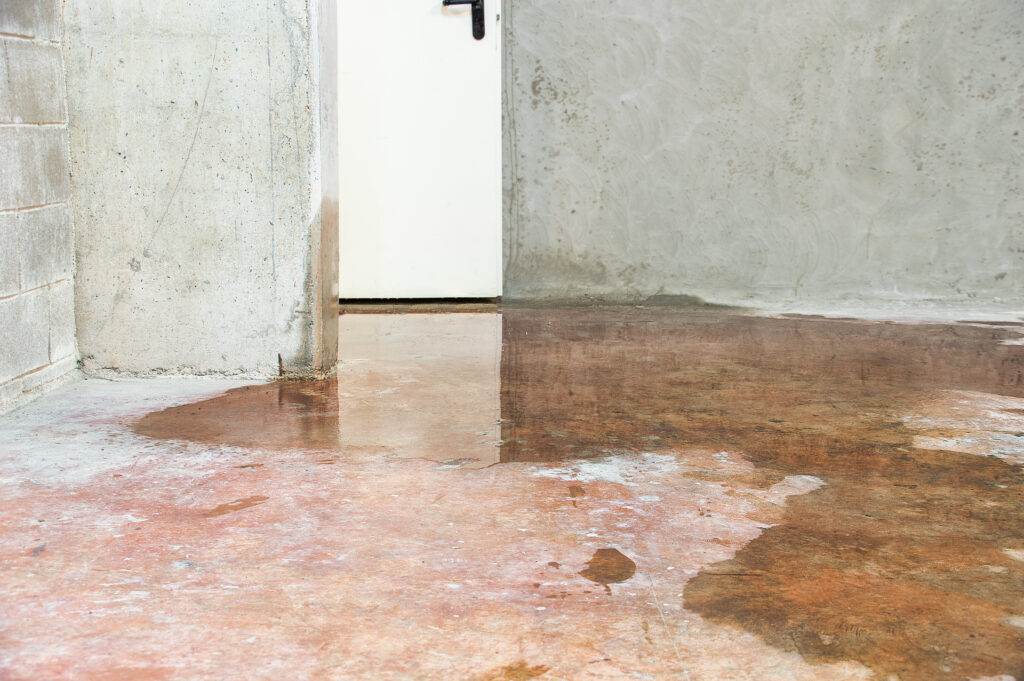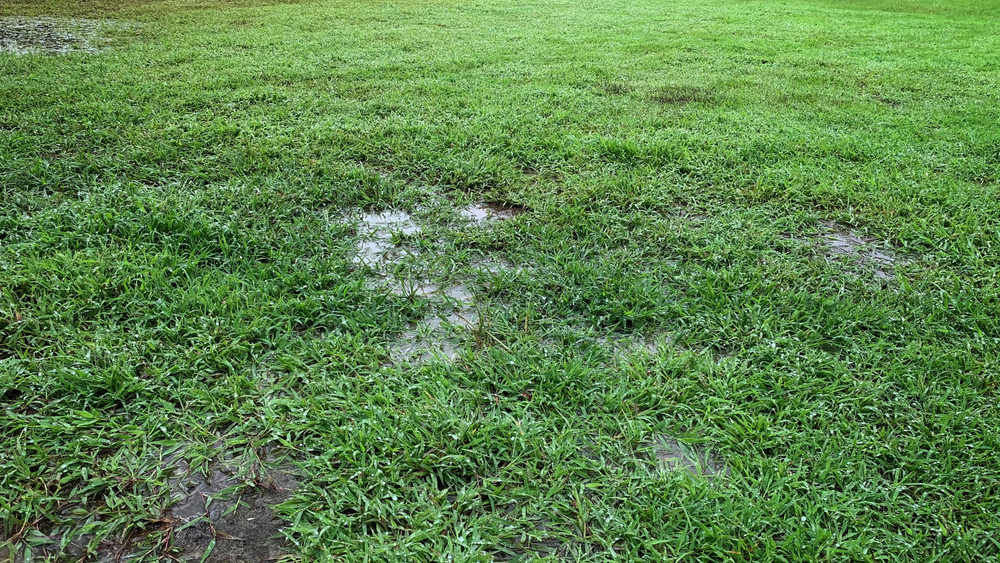If you live in or around Big Creek, GA, you know how quickly a sudden storm can turn your basement into a pool of stress. That sinking feeling when your foot hits cold water at the bottom of the stairs is all too familiar for many Georgia homeowners. Whether it’s from heavy rainfall, a broken pipe, or a sump pump failure, a flooded basement is never fun, but with the right approach, you can get it cleaned up in no time.
At Archie’s Veteran Waterproofing, we specialize in helping Georgia homeowners protect their homes from repeat water damage through trusted basement waterproofing solutions. In this guide, we’ll discuss how to tackle a flooded basement cleanup safely, remove standing water, and outline some key steps to prevent it from happening again.
Before You Start: Safety Is Your Top Priority
You may want to jump right in, but you must wait. The most immediate danger in a basement flood isn’t the water itself. The risk of electric shock from submerged electrical wiring is extremely high.
If your circuit breaker is in the basement, don’t enter the water. If you can safely access your breaker box from a dry area, shut off all breakers connected to the basement.
You also need to consider gas leaks from appliances such as water heaters and furnaces. A flood can extinguish pilot lights and lead to dangerous gas buildup. Call your gas company for instructions before you do anything else.
When To Call a Professional Cleanup Service
Sometimes, a basement flood is too large or hazardous to handle on your own. If the water is more than a few inches deep or if you suspect it’s contaminated, it’s time to call for help. A professional cleanup service has highly trained staff and industrial equipment for the job.
These companies offer 24-hour emergency service to begin emergency water removal immediately. A full damage restoration firm can handle everything from removing water to damage repairs and mold remediation. While the average cost can vary, getting a quote from a local removal service by searching your zip code is a smart first step.
Professional cleanup services are critical when you’re dealing with sewage backups. This type of flood water contains harmful bacteria and hazardous materials that require special equipment and protective clothing. An emergency service will know how to manage the flood, clean it, and protect your family’s health.
Step-by-Step Guide to Flooded Basement Cleanup
Once you’ve made sure the area is safe from electrical and gas hazards, you can begin the work. Put on protective clothing first. Waterproof boots, gloves, and an N95 mask are smart choices because floodwater can be contaminated.
Getting the Water Out
The first task is removing the standing basement water. The tool you use depends on the amount of water you have. You can handle a few inches with a good wet/dry shop vacuum.
If you have more than a few inches of water, you’ll probably need something stronger. Renting or buying a submersible pump can make quick work of a serious flood. If it’s just too much to handle, calling a professional water damage restoration company is always a solid choice.
Removing Damaged Items and Debris
Now, you need to clear the space to allow the basement to start drying. Begin by moving any salvageable items to a dry area, such as a garage or covered patio. This is also a good time to take photos of all the flood damage for your flood insurance provider (if you have one).
You may have to make some tough calls about what to keep. Any porous, wet items that have soaked up contaminated water, such as carpet, padding, upholstered furniture, and mattresses, will need to be discarded. These items are nearly impossible to clean completely and can become a breeding ground for mold.
Drying and Dehumidifying the Space
Getting the standing water out is just the beginning. Now, you must get the basement completely dry. This step is critical because any lingering moisture will lead to big problems. Use as many fans as you can to circulate air around the basement steps and into all corners.
A large dehumidifier is your best friend to dry water from the air and surfaces. Run it continuously until the humidity levels are consistently low. You can get a simple device called a hygrometer to measure moisture and make sure it drops to a normal level, typically between 30% and 50%.
The Fight Against Mold
Mold can begin to grow within 24–48 hours of basement flooding. As soon as the area is dry, it’s time to clean and sanitize every surface. You must act quickly to prevent mold from taking hold, making this cleanup a time-sensitive task.
Wipe down all hard surfaces, such as concrete walls, floors, and wood joists, with a suitable cleaning solution. While many people use bleach, the Environmental Protection Agency points out that it’s not always the best choice for porous surfaces, such as wood. There are many commercial services and cleaners designed for mold prevention and odor removal.
Remember, the cleaning step is useless if the basement isn’t bone-dry. Patience here will save you a lot of trouble and the need for future mold remediation. Let everything air out for several days after you clean the flood residue.
How To Stop This From Happening Again
After all that hard work, you never want to experience basement water damage again. The final step is figuring out what caused the flood and fixing it. Finding the source of the ongoing water is vital to prevent another disaster.
Inspecting your property can reveal the cause, from a faulty sump pump to clogged gutters. Making repairs and upgrades can protect your home from a future basement flood. Investing in prevention now can also save you from costly damage repairs later.
| Area of Concern | Action Item | Why It’s Important |
|---|---|---|
| Sump Pumps | Test your basement sump pump regularly and consider a battery backup model. | This prevents failure from a broken water line or during a power outage, which is a common time for flooding. |
| Gutters and Downspouts | Keep them clean and extend downspouts at least 6 feet from the foundation. | Prevents water from pooling near basement walls and seeping inside. |
| Foundation and Walls | Seal any visible cracks in the foundation and consider applying a waterproofing sealant. | Creates a strong barrier to stop water from backing into the basement. |
| Plumbing | Inspect pipes regularly for leaks, rust, or condensation, especially old burst pipes. | Helps prevent a sudden and destructive burst pipe situation. |
| Floor Drain | Keep the floor drain clear of any obstructions or debris. | Allows water from minor leaks to drain away properly instead of pooling. |
Our Conclusion
Facing a wet, messy basement is overwhelming for any homeowner in Big Creek, GA, dealing with water damage. But by prioritizing safety and following a methodical approach, you can take control of the situation. Remember the key stages: safety first, water removal, drying, and sanitizing.
Whether you do it yourself or call an experienced basement cleanup service, the process is the same. Taking preventative measures, such as waterproofing, is also crucial. A proper flooded basement cleanup not only restores your space but also protects your home from future damage.




